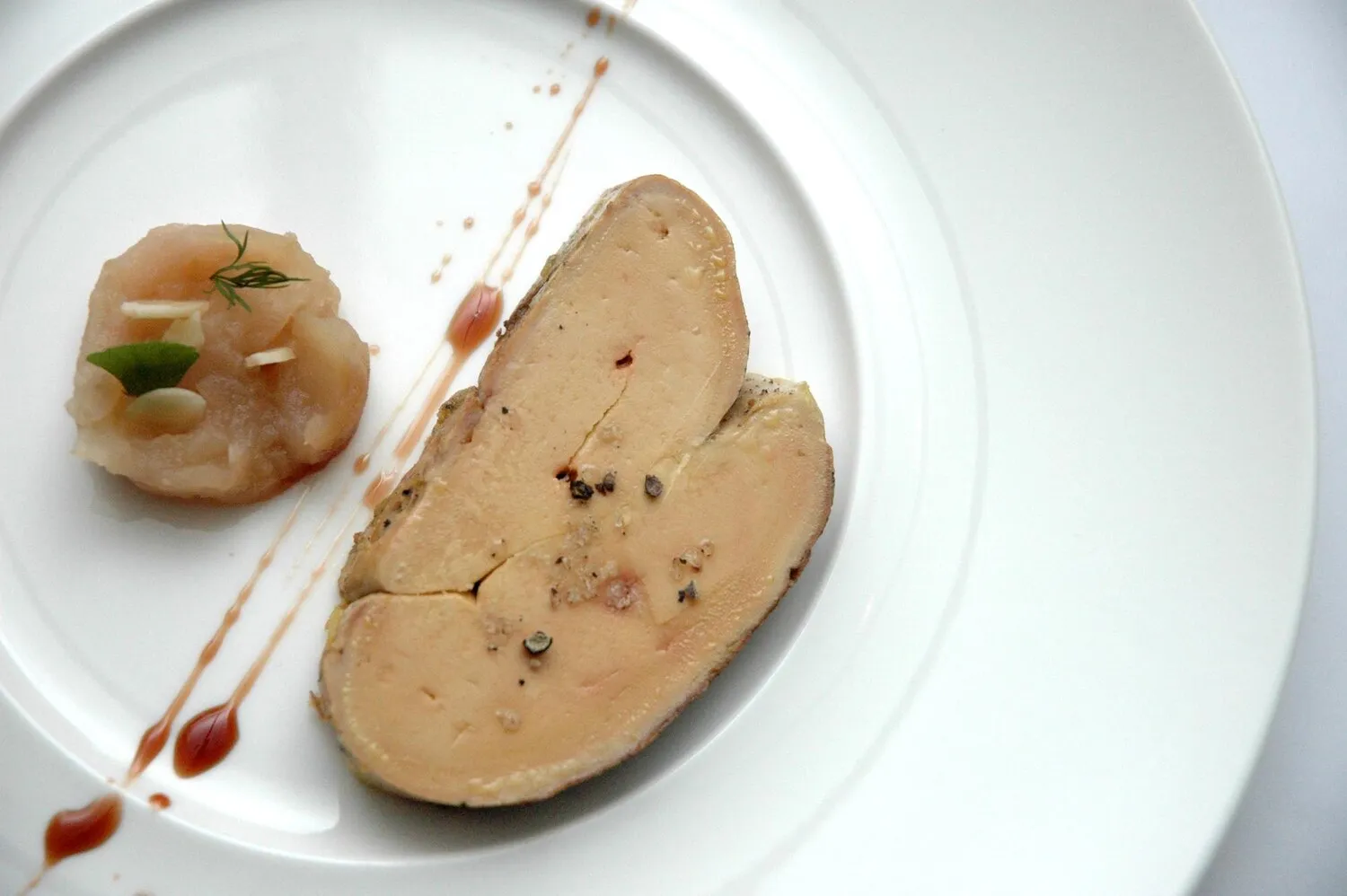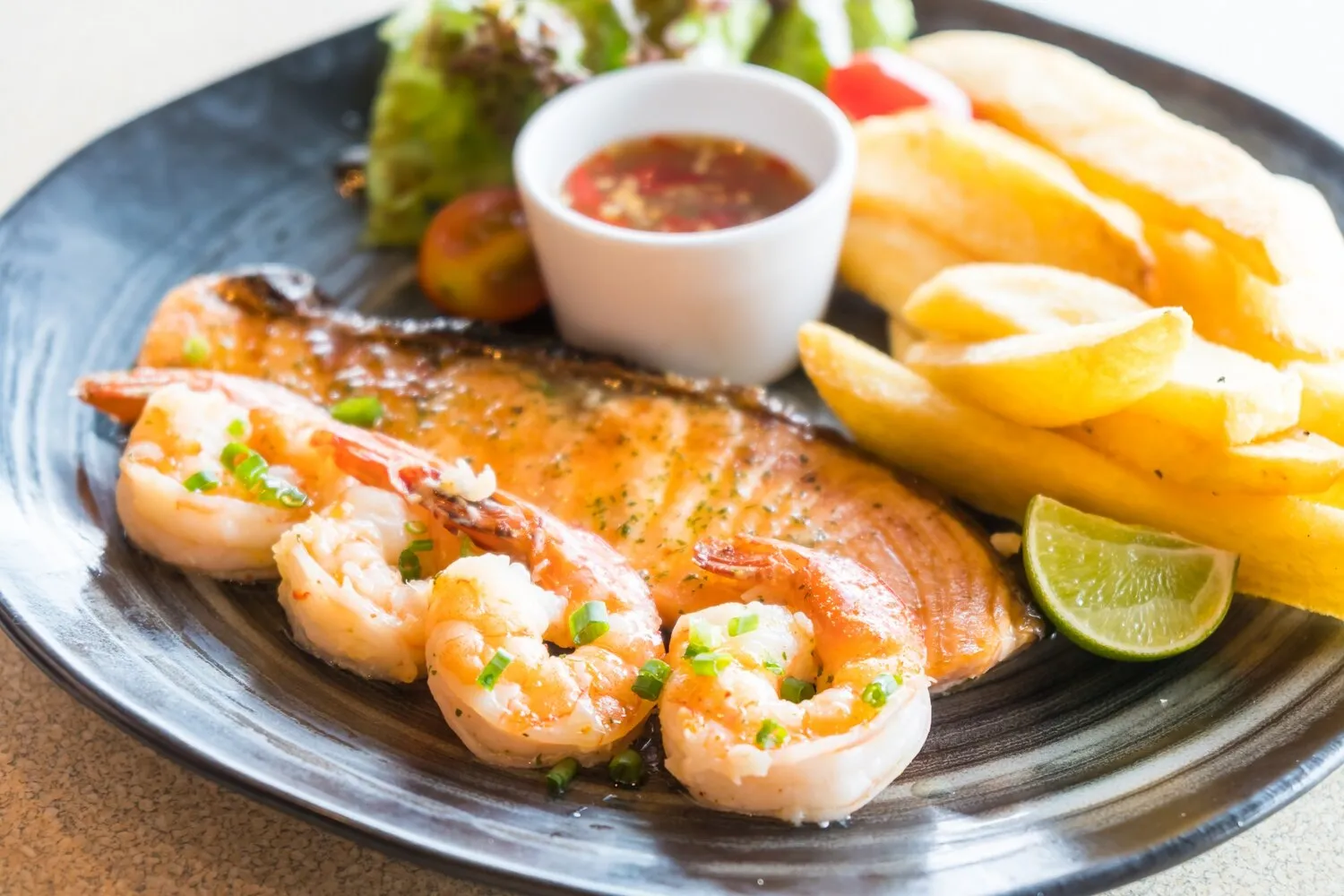
Coq au Vin
Chicken braised in red wine with mushrooms, onions, and lardons.
Nutrition Facts
* The % Daily Value (DV) tells you how much a nutrient in a serving of food contributes to a daily diet. 2,000 calories a day is used for general nutrition advice.
La Fontaine Mountain View
Coq au Vin's origins are debated, with some stories tracing it back to ancient Gaul and Julius Caesar. More realistically, it likely developed as a peasant dish where older, tougher roosters were tenderized by braising in wine. Recipes resembling modern Coq au Vin began appearing in the early 20th century, with standardization after World War II.
Coq au Vin is a symbol of French culinary tradition and comfort food, often associated with family meals and celebrations. Its regional variations highlight the diversity of French cuisine.
Regional Variations
While the classic version uses Burgundy wine, regional variations exist. For instance, Coq au Vin Jaune uses the distinctive yellow wine from the Jura region, and Coq au Riesling features the dry white wine of Alsace. These variations demonstrate the adaptability of the dish to local ingredients and flavors.
Symbol of French Gastronomy
Coq au Vin is frequently featured in French cookbooks and culinary demonstrations, representing the art of braising and the importance of quality ingredients. It's a dish that embodies the French appreciation for slow-cooked, flavorful meals.
Peasant Origins
Reflecting its origins, Coq au Vin highlights the French tradition of making the most of available ingredients, turning tough cuts of meat into a delicious and tender meal. This resourcefulness is a key aspect of French culinary history.
Coq au Vin is characterized by rich, savory, and earthy flavors. The red wine braising provides depth and complexity, complemented by the umami of mushrooms and smoky saltiness of lardons.
The dish features tender chicken, infused with the fruity and earthy notes of red wine (typically Burgundy). Mushrooms add an earthy umami quality, while lardons (or bacon) contribute a smoky, salty richness. Onions and garlic provide aromatic base notes, and a bouquet garni (thyme, parsley, bay leaf) lends subtle herbaceousness. The sauce is often thickened with a beurre manié (butter and flour paste) for a luscious, velvety texture.
Wine Selection
Choose a good-quality, dry red wine that you would enjoy drinking. Burgundy is traditional, but other fruity, medium-bodied reds like Pinot Noir or Beaujolais can work well. Avoid using cooking wine, as it can impart a harsh flavor.
Browning is Key
Properly browning the chicken and lardons is essential for developing rich flavor. Don't overcrowd the pan, and ensure the chicken is dry before searing it.
Low and Slow Braising
Braising the chicken at a low temperature for an extended period is crucial for tenderizing the meat and allowing the flavors to meld. Be patient and allow the dish to simmer gently.
Lardon Preparation
If using bacon instead of lardons, consider using thick-cut bacon for a similar richness and depth of flavor. Render the bacon slowly to crisp it and release its fat, which will contribute to the sauce's flavor.
Explore additional Classic French dishes and restaurants
Explore Classic FrenchDiscover top dining spots and culinary experiences in San Jose.
Explore San JoseLearn more about the food culture, restaurant scene, and culinary heritage of United States.
Explore United States
